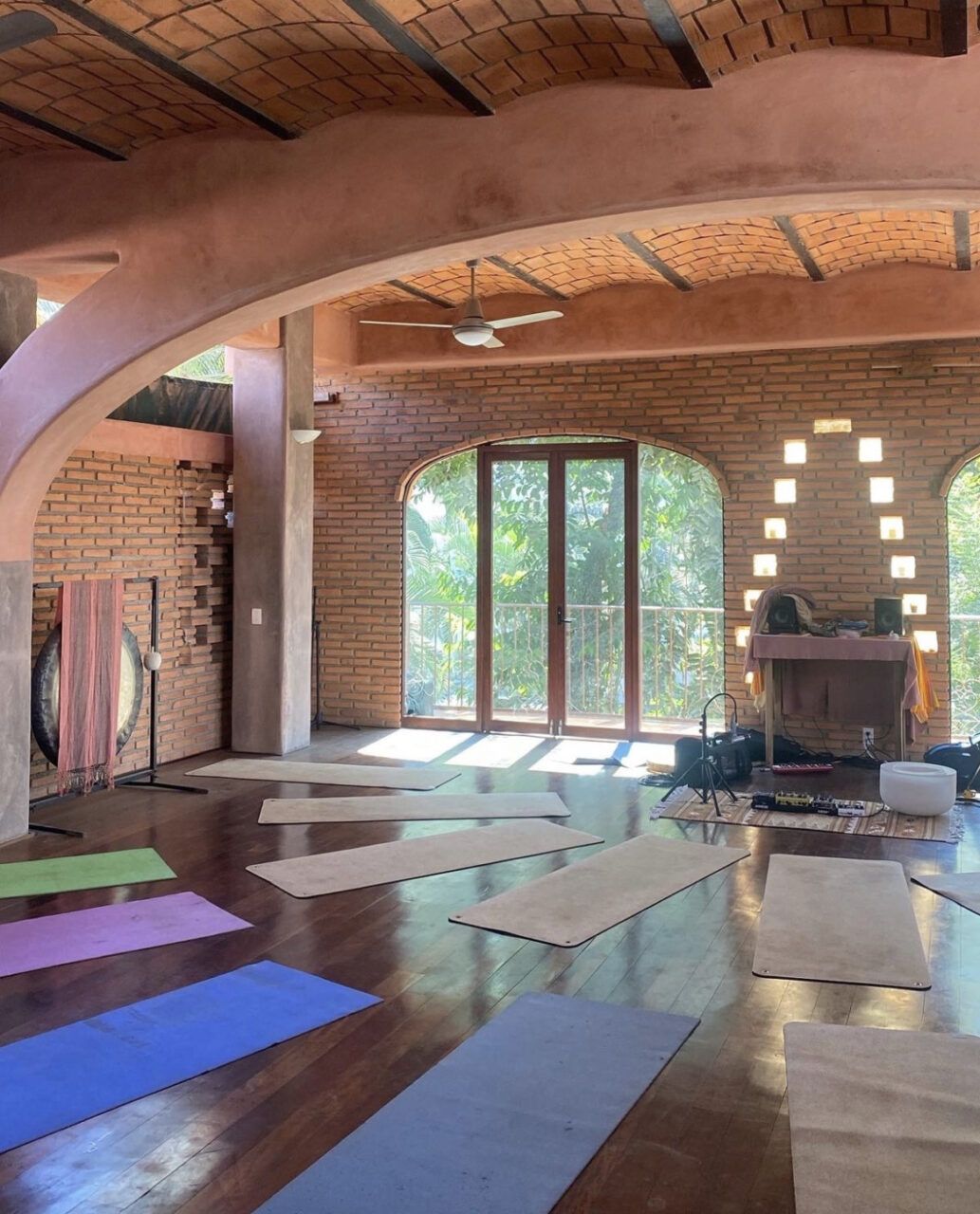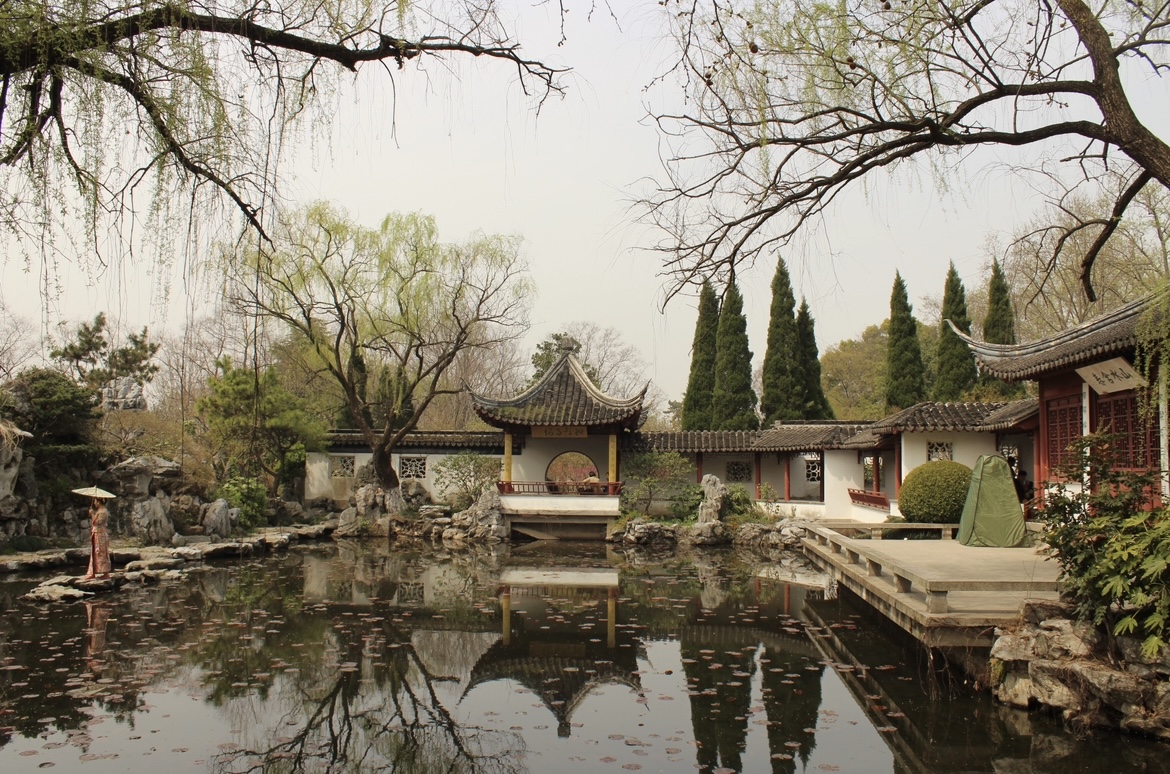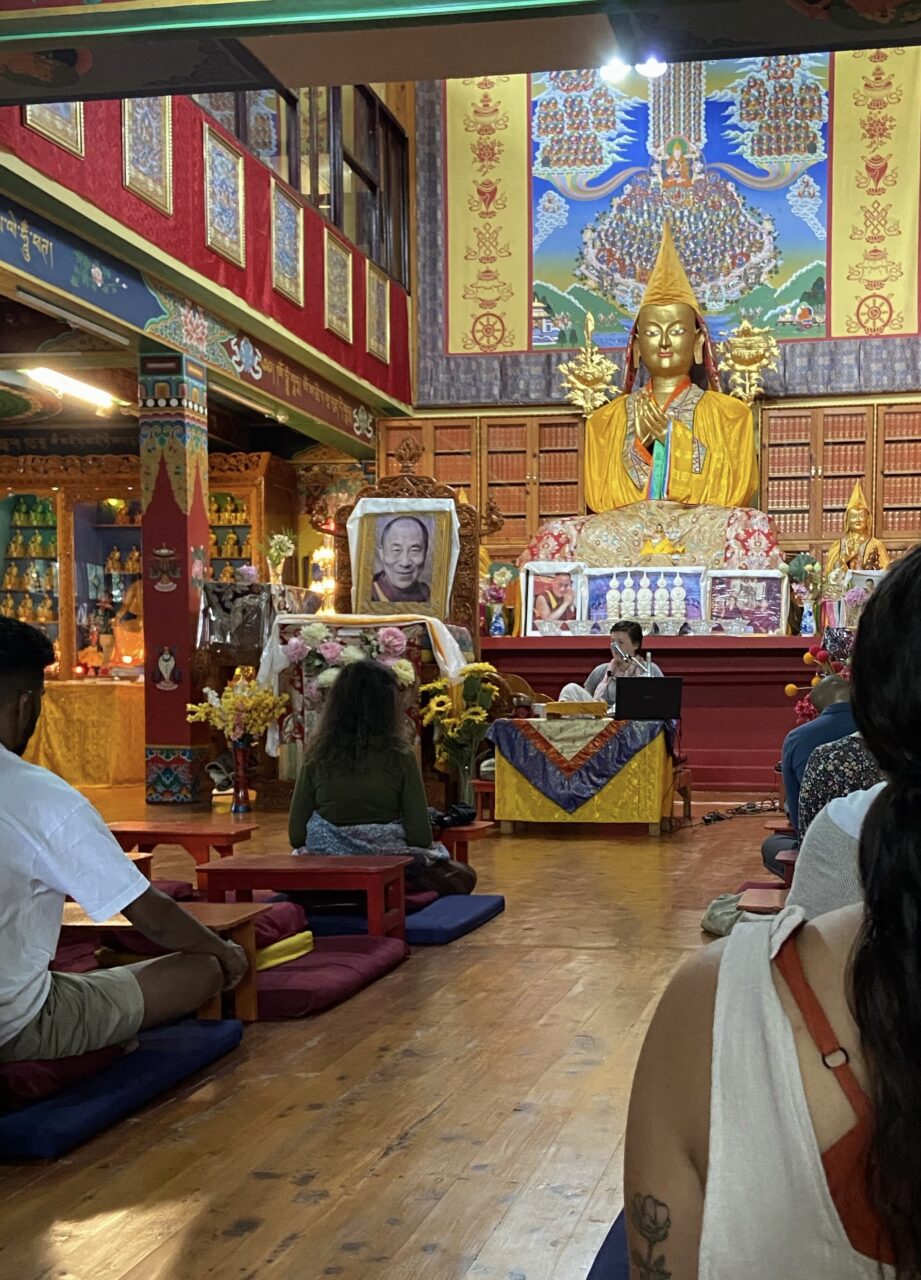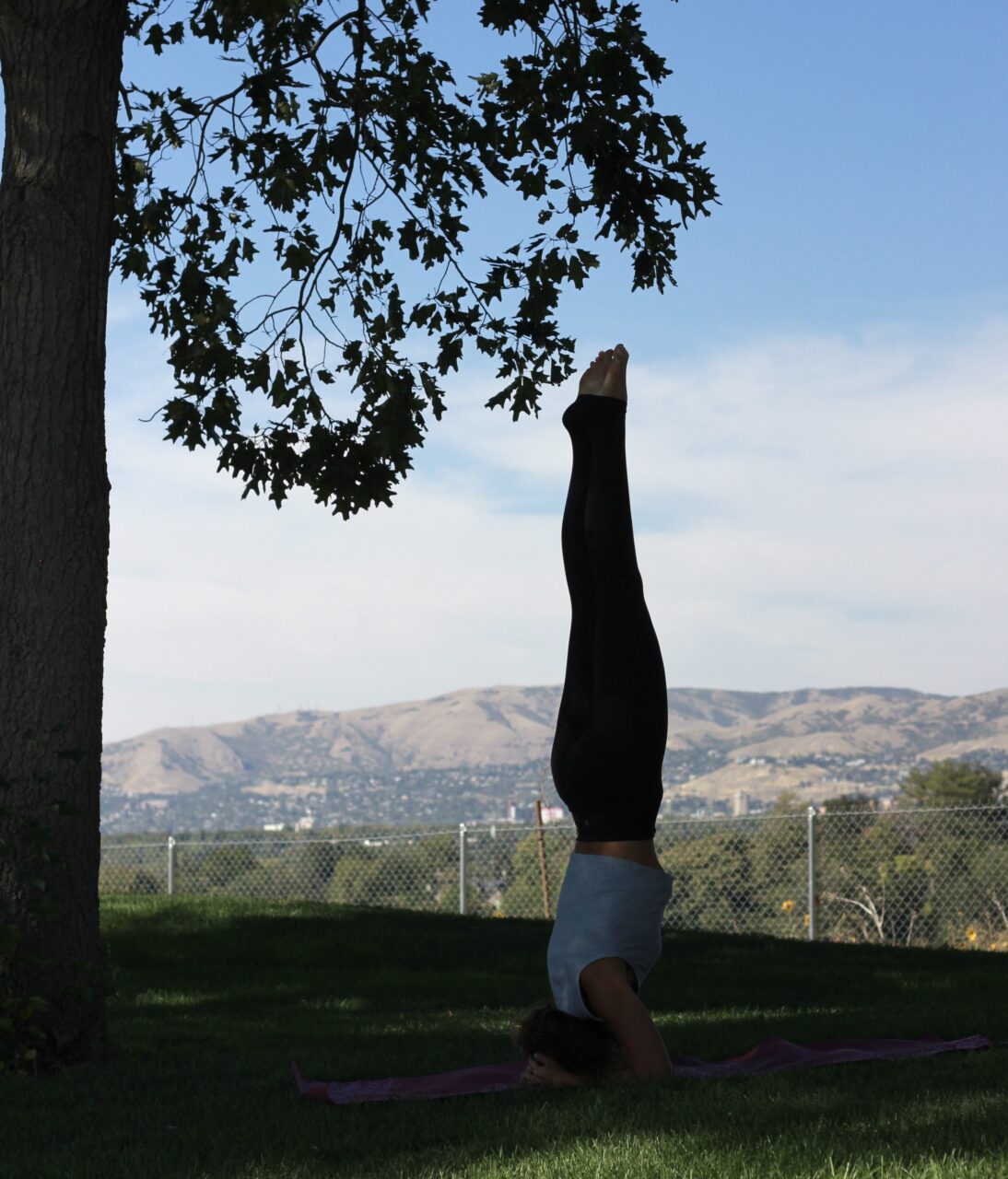
Defining Mindfulness
Mindfulness has become a buzzword in recent years.
Maria Jenson, a meditation instructor at BYU, said the term comes from the eastern practice of meditation. Since being introduced to the Western world in recent decades, mindfulness has gained traction for its association with numerous mental, emotional and physical benefits.

“Basically, mindfulness is going to be the Western solution to the lifestyles that we lead,” said Jenson, who is certified in four different types of meditation. “Having such a busy lifestyle, (mindfulness) is about learning to find that calm, and to find that awareness.”
A Harvard study found the average person spends about half of their day with their “mind wandering,” or thinking about something unrelated to what they are doing. Practicing mindfulness involves accepting and grounding to the present, enabling individuals to make the most of every moment, Jenson said.
“(Mindfulness) allows us to savor and allows us to experience things more fully. We’re not really fixing anything, but we’re enjoying the moment, and we are connected and present with whatever activity we may be a part of,” Jenson said.

Benny Cardullo, a Master of Science in Gender Studies and former BYU student, took a 10-day vow of silence earlier this year to meditate at a Buddhist center in Himachal Pradesh, India.
“I don’t think it’s so much of an action as like a state of being,” Cardullo said, explaining his take on mindfulness.
Mindfulness involves trying to become a more attentive person, he said. Instead of being reactionary and reactive, a mindful person is agentive.
According to Shirley Sweeney, a meditation instructor at BYU, cultivating mindfulness involves gratitude, positivity, having an open mindset, loving kindness and looking outward.
Sweeney has various yoga and fitness certifications. Having worked in the field for over 20 years, she said the term is often used flippantly.
“Mindfulness is not just being aware of what we think, mindfulness extends to others … When we center ourselves, charity comes naturally,” Sweeney said.
Learning Mindfulness Through Meditation
Mindfulness is a skill cultivated through meditation. There are many different ways to practice meditation — the best place to start is through your breath, according to Jenson.
“Just spend three to five minutes focusing on the breath and the sensations of the breath. That in and of itself will produce a calming effect on the body and the mind,” she said.
Those new to meditation may find it hard at first to sit still, said Shaunda Osborn, certified yoga instructor and Reiki practitioner for Draper Therapy and Wellness Center. She compares regular meditation to a workout for your brain.
“You’ll find that your mind will wander a lot … but each time you direct yourself back to your body, back to your breathing. It’s kind of like when you exercise, you increase your brain muscles, you increase your ability to focus,” Osborn said.

Visualization can be helpful in getting the mind to focus when trying to meditate, Cardullo said. He finds it helpful to imagine his mind as an open sky.
“A thought will come that’s just like a cloud … trying to shove a cloud away will never work. Just kind of let it naturally pass, until you can get your mind into like, just open sky with no clouds,” Cardullo said.
Learning to observe thoughts and emotions without judgment can be a remedy for overstimulated minds, according to Osborn.
“We’re so outwardly stimulated, you know, like, we’re bombarded with stimulus all the time … quieting the mind, having that alone time is huge for our health and our wellness,” she said.
Becca Hammond, a certified yoga instructor and BYU graduate, said meditation taught her how to deconstruct anxious thoughts and rewire them into more positive thinking.
“Every day meditating was like, those thoughts would come into my head … for the first five minutes, I felt like I couldn’t shut them up,” Hammond said, describing her initial experiences with meditation. “And then I’d address it, and be like, ‘OK, why am I feeling this?’ And then to ‘How can I change my mind to think something different?’”
Learning to meditate has helped Cardullo come to recognize and process difficult emotions, such as grief, he said.
“Sometimes, if I have a really negative feeling, I do a meditation on the feeling. The more that you focus on it and try to understand it, you visualize it, you feel where it stays in your body … by the end, the feeling feels very disconnected from you … you can recognize that it is not a part of you,” he said.
Learning mindfulness does not have to involve long hours of meditation, Osborn said.
“It could be as little as a minute just counting back to your breath a few times a day. And get in the habit of just taking a moment for yourself,” she said.

Practicing mindfulness teaches you to recognize the transformative power of our thoughts, Hammond said. “Overall it’s about practicing gratitude and happiness and feeding your brain thoughts of positivity about yourself and your situation in life… those thoughts become more repetitive and it kinda cleans out the rest of the crap in your brain that is so, I don’t know, unnecessary.” (Cameron Cook)
It often takes time to change the way we think, but meditation and learning to be mindful are skills worth developing, according to Hammond.
“Understanding that your thoughts have power … you’ll be a lot happier. You don’t just have to live with what your mind tells you all the time,” she said.
Anyone looking to start a meditation practice can find a myriad of resources online, or through phone apps such as Calm, Headspace and Meditation Studio.
BYU also offers a variety of free resources under the biofeedback tab of the Counseling and Psychological Services page, including free soundscapes, breathing exercises, lessons on mindfulness and more.




